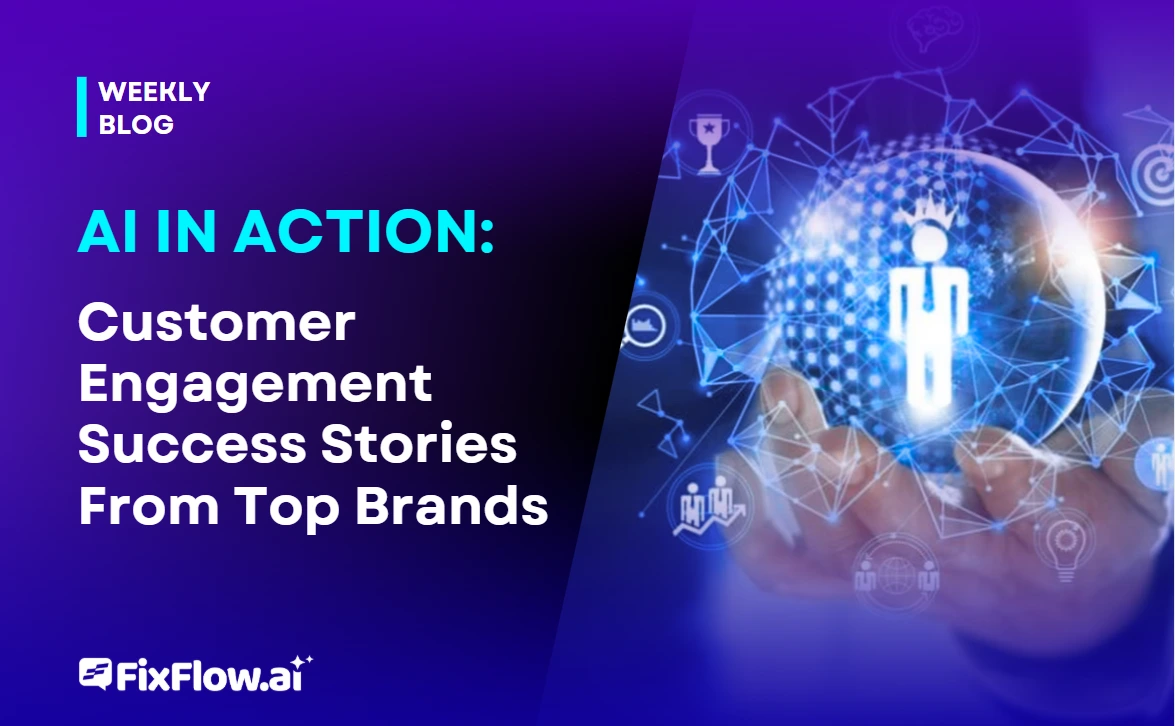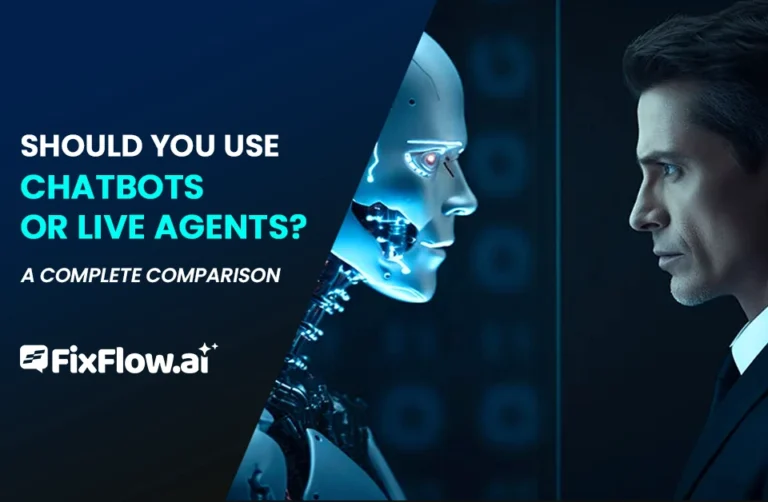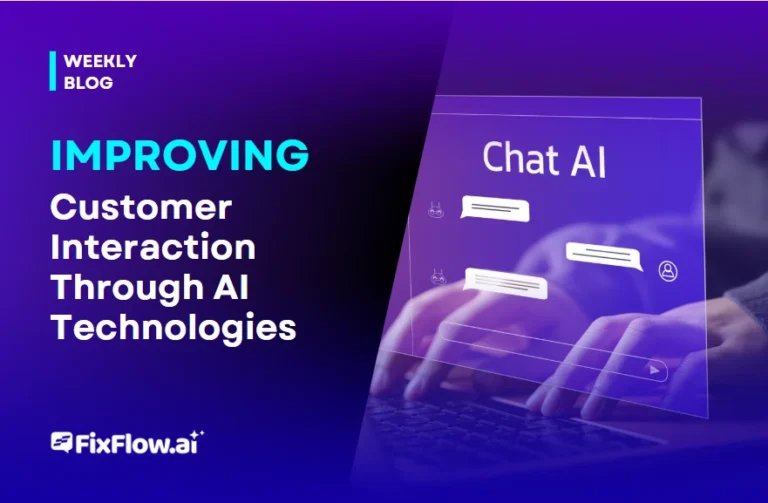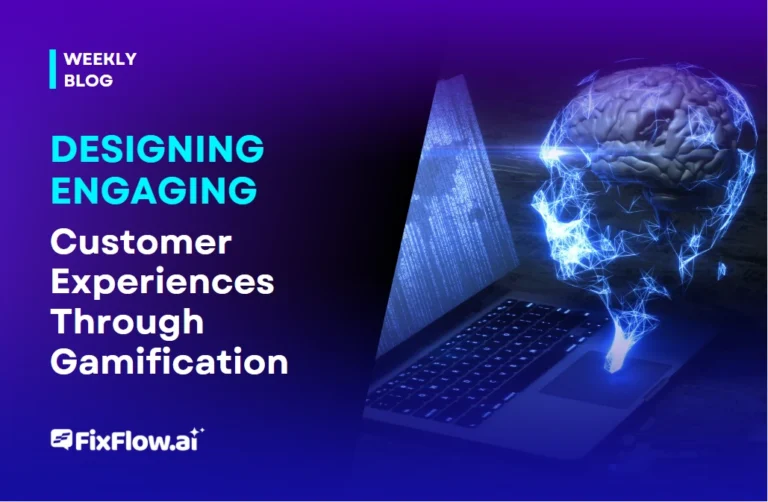AI in Action: Customer Engagement Success Stories From Top Brands
Leading brands use AI to revolutionize customer engagement. Sephora’s Virtual Artist allows you to try cosmetics virtually, while Bank of America’s Erica offers personalized financial guidance. Starbucks predicts your favorite drinks through DeepBrew, and Spotify creates custom playlists based on your listening habits. Delta Air Lines has reduced wait times by 82% with AI-powered customer service. These success stories reveal how artificial intelligence transforms everyday brand interactions into exceptional experiences.
How Sephora’s AI Virtual Assistant Transformed Beauty Retail
While many retailers struggled to bridge the gap between online shopping and in-store experiences, Sephora revolutionized the beauty industry with its Virtual Artist AI technology. This groundbreaking tool lets you virtually “try on” makeup products using your smartphone camera, eliminating purchase uncertainty.
The AI-driven customer experience doesn’t stop there. Sephora’s chatbot seamlessly integrates with the Virtual Artist, offering personalized product recommendations based on your preferences, purchase history, and even skin tone. Their machine learning algorithms continuously improve suggestions as you interact with the platform.
The results speak volumes: Sephora reported significant increases in app engagement, longer session times, and higher conversion rates. By addressing the fundamental challenge of online cosmetics shopping namely, the inability to test products, Sephora’s AI transformation created a truly personalized beauty advisor experience that customers genuinely value.
Bank of America’s Erica: The AI-Powered Financial Guide
Bank of America’s Erica has transformed personal banking, much like Sephora revolutionized the beauty retail industry. Launched in 2018, this AI-powered virtual assistant has processed over 1 billion customer interactions, offering personalized financial guidance through the bank’s mobile app.
What makes Erica stand out in AI customer service is its ability to understand complex queries about transactions, provide bill reminders, and offer proactive financial insights. You’ll find it can search transactions by merchant or amount, alert you to subscription changes, and even analyze spending patterns.
Bank of America’s approach exemplifies how AI in customer engagement can blend utility with personalization. By handling routine inquiries while providing tailored financial advice, Erica demonstrates how financial institutions can use AI to build stronger, more meaningful customer relationships.
Starbucks’ Predictive Analytics: Personalizing the Coffee Experience
The coffee giant Starbucks has revolutionized customer engagement through its AI engine DeepBrew, which powers personalized recommendations across its digital platforms. When you open the Starbucks app, you’re not seeing generic promotions—you’re experiencing AI personalization tailored specifically to your preferences.
DeepBrew analyzes your purchase history, the time of day, local weather, and even seasonal trends to suggest drinks you’re most likely to enjoy. This predictive customer engagement extends beyond recommendations to optimize store inventory and staffing based on anticipated demand patterns.
The results speak volumes: customers interact more frequently with the app, place larger orders, and demonstrate stronger brand loyalty. By treating each customer as unique rather than offering one-size-fits-all promotions, Starbucks has transformed routine coffee runs into personalized experiences worth returning for.
Spotify’s Recommendation Engine: Creating Listener Loyalty Through AI
Unlike traditional music platforms that rely on basic genre categorization, Spotify has developed one of the most sophisticated AI recommendation engines in the entertainment industry. Their “Discover Weekly” and “Release Radar” playlists represent premier examples of customer interaction with AI, analyzing your listening patterns, skip rates, and saved tracks to deliver hyper-personalized recommendations.
This AI marketing example demonstrates how machine learning can process billions of data points to understand not just what you listen to, but when and how you engage with content. By accurately predicting musical preferences, Spotify maintains an impressive 44% monthly growth rate among active users and boasts industry-leading retention rates. Their success proves that when AI genuinely enhances user experience rather than simply automating it, the result is deeper engagement and remarkable brand loyalty.
Delta Airlines’ AI Customer Service: Reducing Wait Times While Improving Satisfaction
When passenger volumes skyrocketed post-pandemic, Delta Airlines faced mounting customer service challenges that threatened its reputation for excellence. Their solution? Implementing advanced AI customer service automation that transformed how they handle traveler inquiries.
Delta’s AI platform now handles routine questions about baggage policies, flight changes, and rewards points, freeing human agents to address more complex issues. The system provides real-time customer engagement through multiple channels, including their app, website, and social media.
The results speak volumes: average wait times dropped by 82%, while customer satisfaction scores increased by 17%. By analyzing conversation patterns, Delta continually refines its AI to understand passenger intent better and provide more accurate responses. This successful integration of technology and human expertise has set a new standard in airline customer service.
Frequently Asked Questions
How Much Does Implementing AI Customer Engagement Technology Typically Cost?
AI customer engagement costs vary widely. You’ll typically invest $5,000-$15,000 for basic chatbots, $20,000-$100,000 for mid-range solutions with some personalization capabilities, or $100,000+ for enterprise-level systems with advanced analytics and omnichannel integration. Ongoing costs include monthly subscriptions ($500-$5,000), maintenance, and training. Consider starting with focused use cases, such as Sephora’s Virtual Artist or Bank of America’s Erica, to maximize ROI.
What Privacy Concerns Arise When AI Analyzes Customer Behavior?
When AI analyzes your behavior, privacy concerns include data collection without informed consent, potential breaches that expose sensitive information, and algorithmic bias that may unfairly profile you. You’re also facing risks of surveillance capitalism, where your data becomes a commodity. Additionally, there’s often limited transparency about how your information is stored, used, and shared. Always check privacy policies and opt-out options when interacting with AI-powered customer systems.
How Long Does It Take to See ROI From AI Engagement Tools?
The ROI from AI engagement tools typically ranges from 3 to 18 months. You’ll often see quick wins with chatbots (3-6 months) through reduced support costs. More complex personalization systems may take 12 to 18 months to mature fully. Your timeline depends on implementation complexity, data quality, and clear success metrics. Start with smaller, measurable projects to demonstrate value faster before scaling to more sophisticated AI applications across your customer journey.
What Skills Do Employees Need When Working Alongside AI Systems?
When working alongside AI systems, you’ll need a blend of technical and human skills. Data literacy enables you to understand AI outputs, while critical thinking allows you to evaluate AI recommendations. You’ll need adaptability as tools evolve, and communication skills to translate AI insights for others. Domain expertise remains pivotal – AI assists but doesn’t replace your specialized knowledge. Ultimately, ethical judgment ensures that you’re using AI responsibly within your organization.
How Do Companies Measure the Emotional Impact of AI Interactions?
Companies measure AI’s emotional impact through sentiment analysis, customer satisfaction surveys, and emotion detection technology. You’ll see them tracking metrics like Net Promoter Score, customer lifetime value, and engagement rates. They’ll also analyze social media mentions and review feedback about AI interactions. Many organizations use A/B testing to compare emotional responses between AI and human interactions, while others deploy real-time monitoring to identify and address negative emotional patterns quickly.







